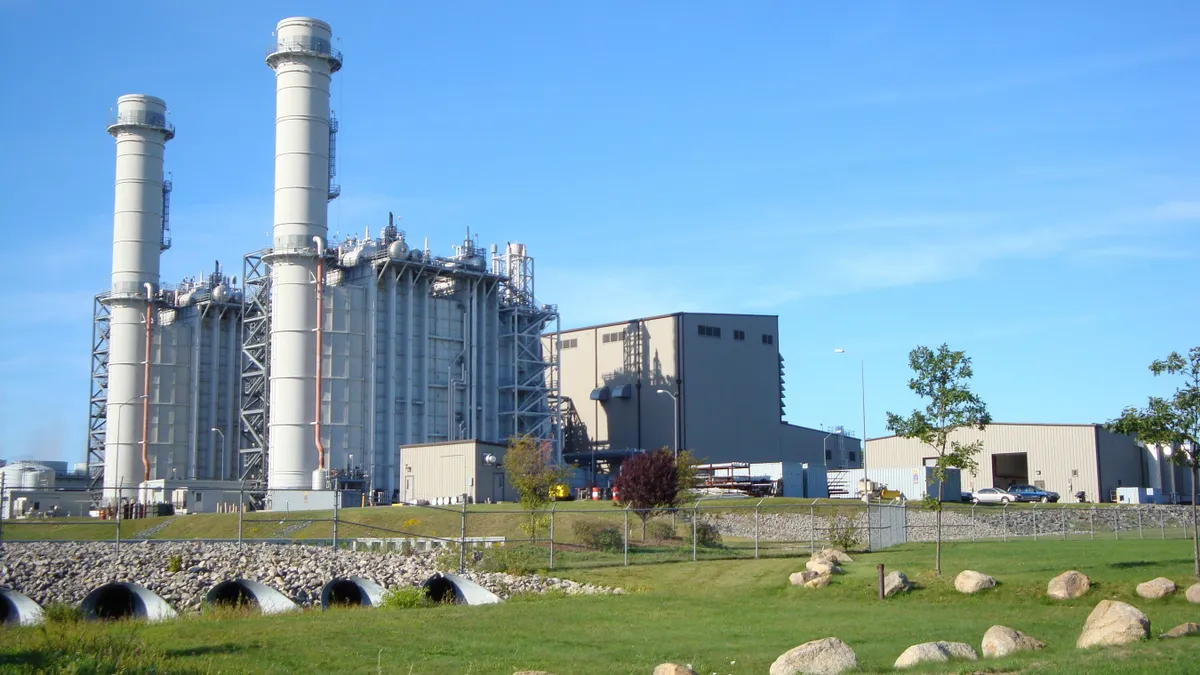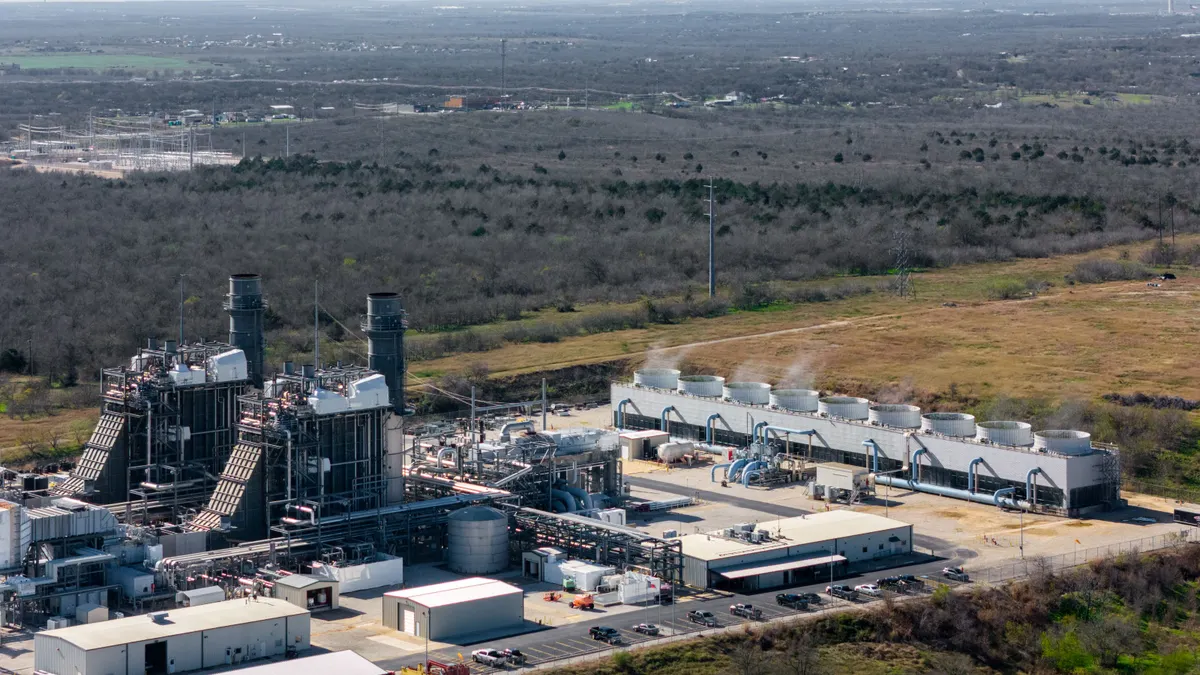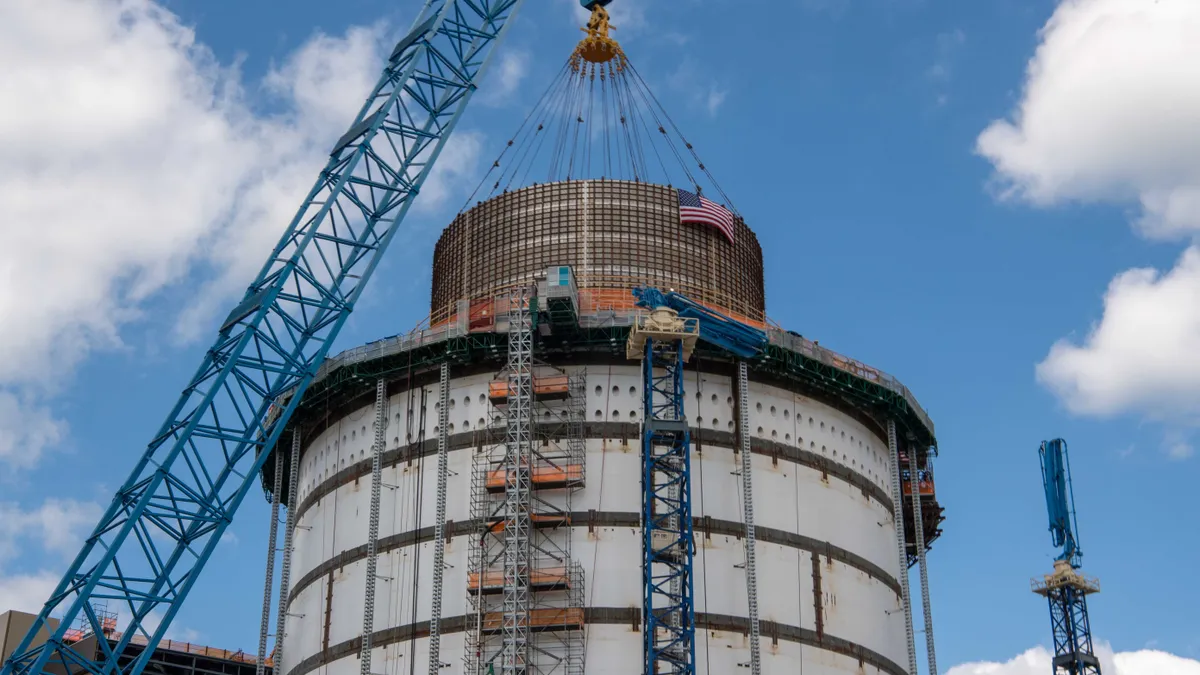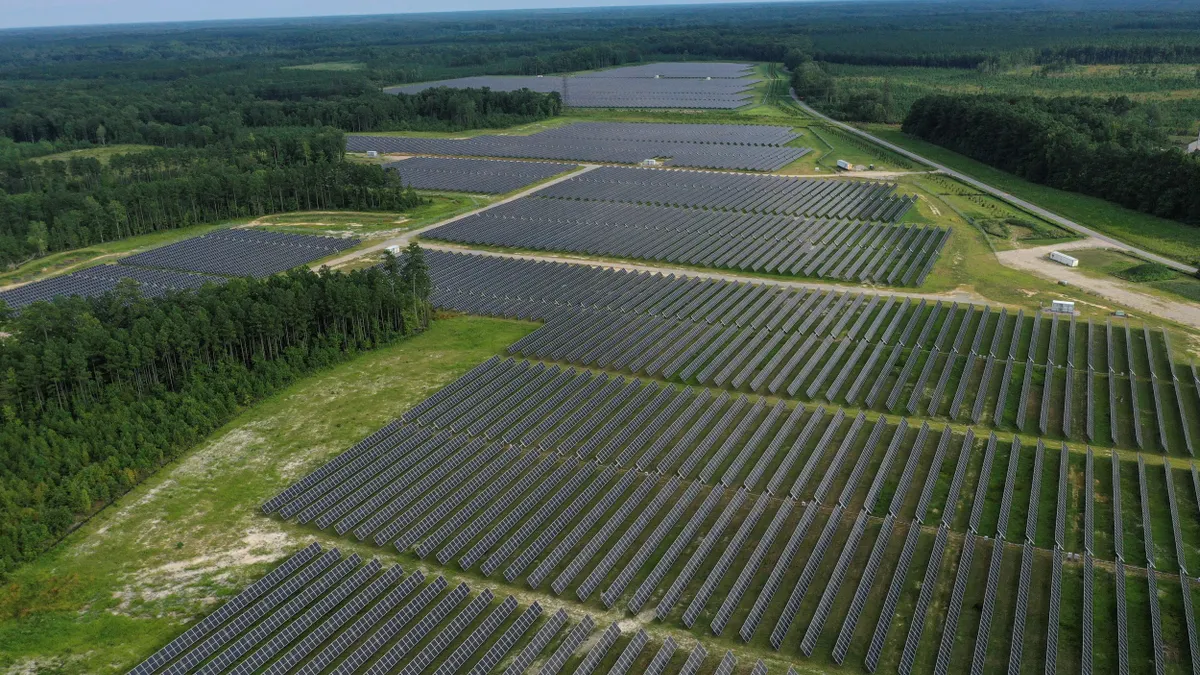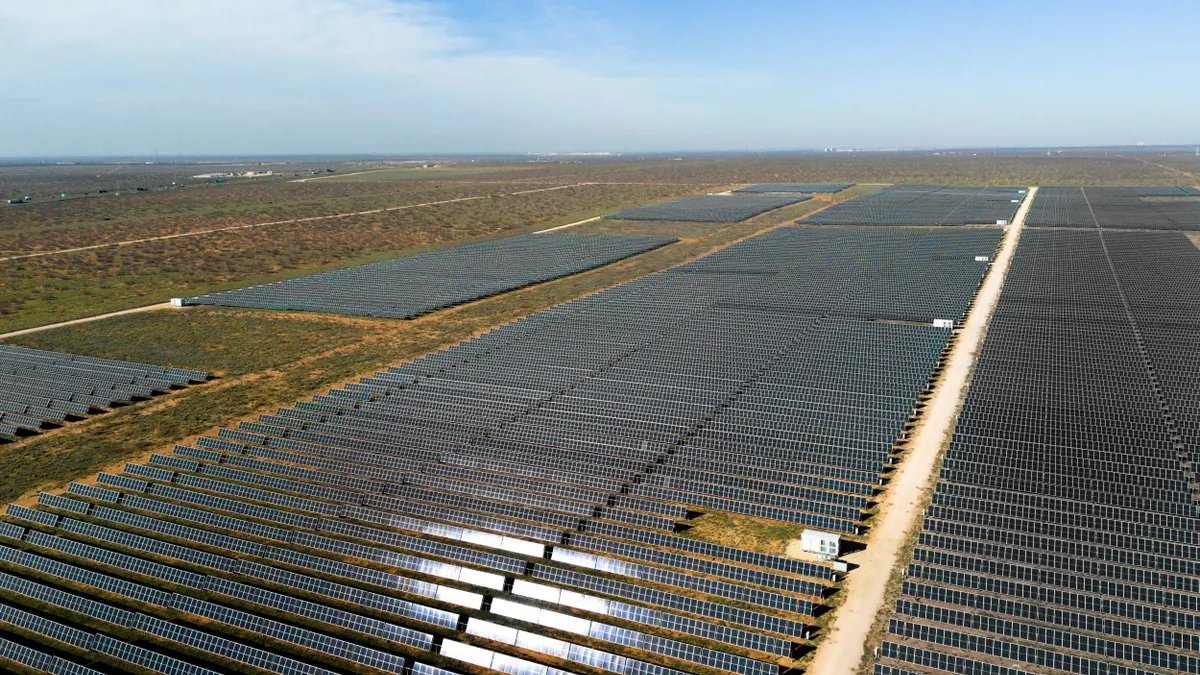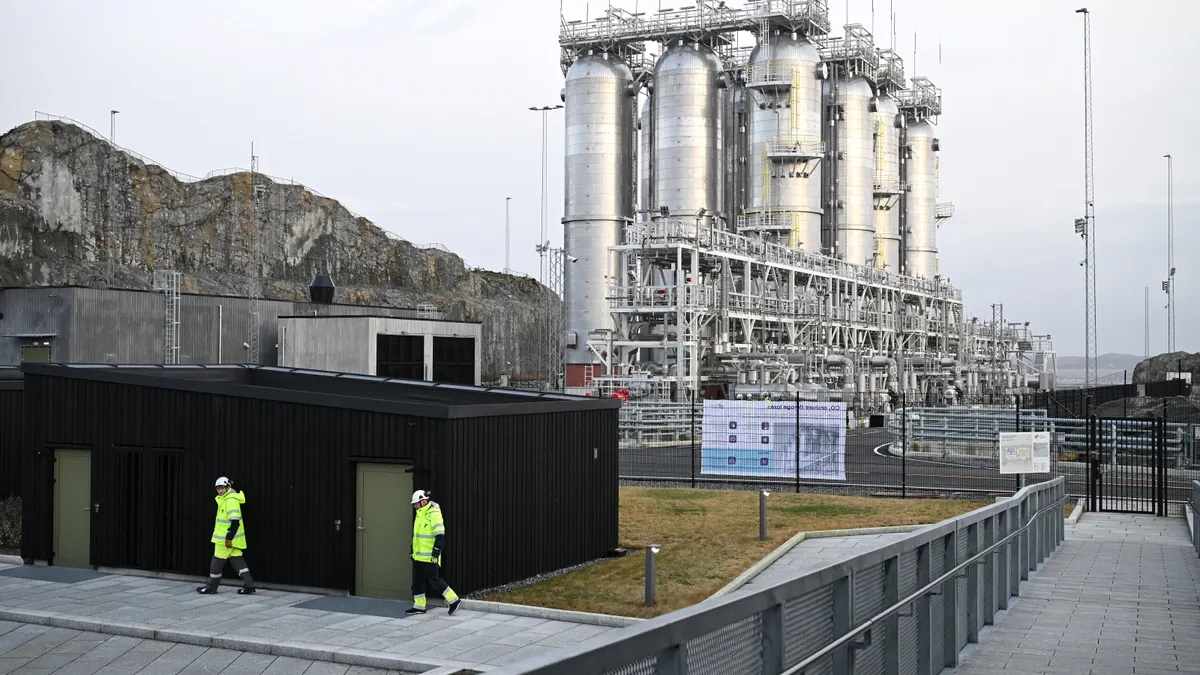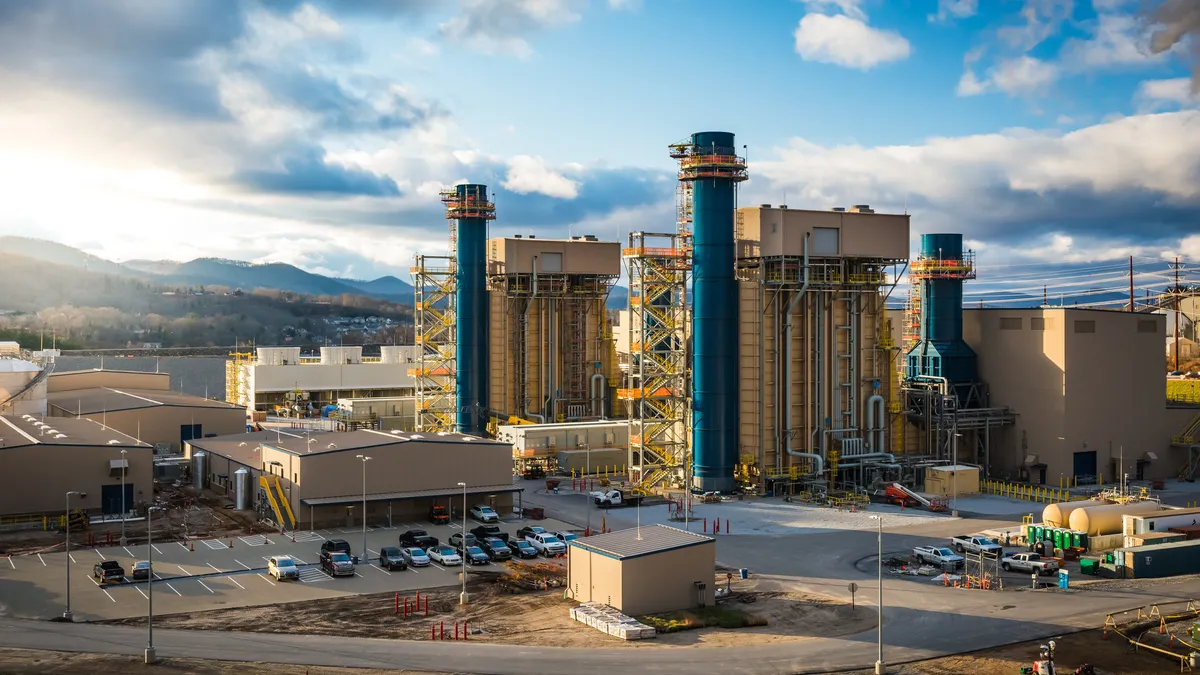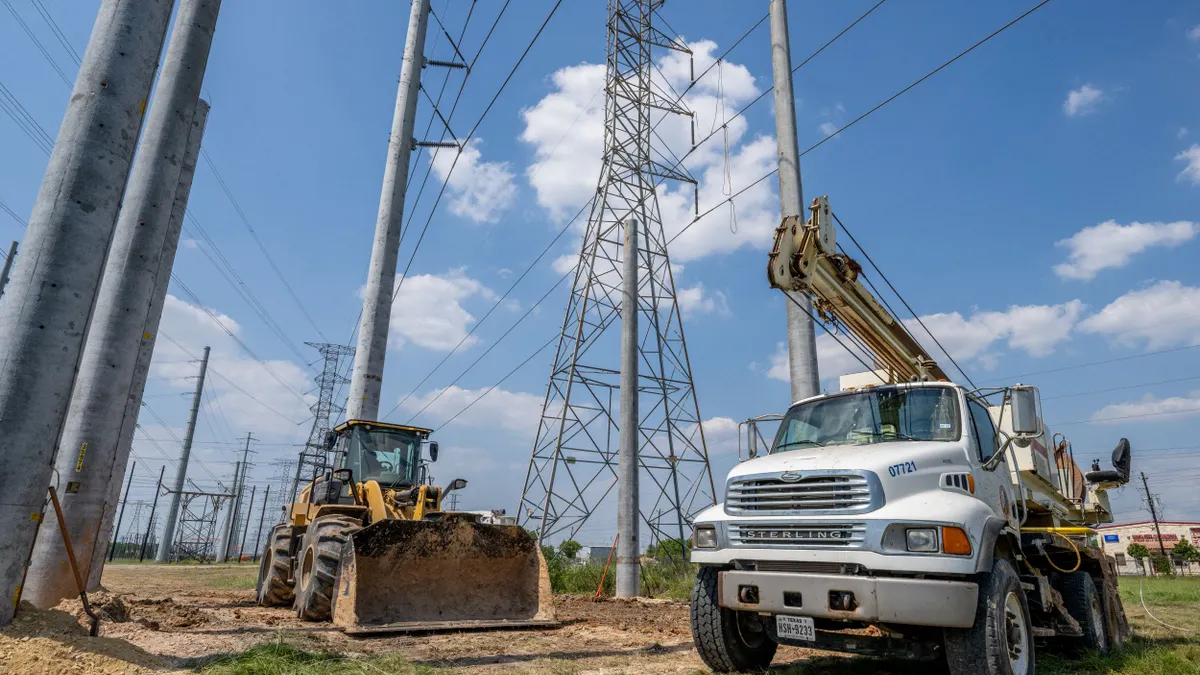Cassady Craighill is technical education director at GridLab.
There has never been a time in which electricity prices and electricity demand have been more salient topics within the political, economic and societal zeitgeist. No matter where you live in the United States, which political party you typically favor, or how you consume your news, the issue of energy affordability as a rapidly growing crisis is a universal truth at this point.
While there is widespread agreement on the problem of rising electricity prices for consumers, agreement upon solutions is fraught. As customers, regulators, legislators, politicians and energy thought leaders parse through the future of energy and how to keep the lights on for everyone at a fair cost, several utilities are proposing the construction of new gas plants as an answer to the affordability and reliability question. This is undeniably the wrong answer, and, if pursued, will drive up costs further.
Regulators and utilities are most likely working with outdated cost assumptions on both new gas combustion turbines and combined cycle gas turbines, as well as the cost of acquiring existing CCGTs. Recent combined-cycle gas turbine projects report costs of $2,000/kW, significantly outpacing previously reported costs of plants scheduled for completion in 2026 and 2027 — $1,116/kW to $1,427/kW, respectively, according to collaborative new research from GridLab, Energy Futures Group and Halcyon, an energy analysis software platform.
Using data from utility integrated resource plans and certificates of public convenience and necessity, publicly-available datasets and recent financial reports from major gas turbine original equipment manufacturers, the analysis supports the conclusion that rising costs of new gas plant construction will only get worse. When adding $1,500/kW levelized for the 20-year cost of fuel, which is conservative at best, and $500/kW for pipeline infrastructure to the reported $2,000/kW for projects, the price of new gas, soup to nuts, is now trending towards $4,000/kW to $4,500/kW. For that price, utilities in their resource planning would find that they can install comparable or greater amounts of solar plus storage for the same investment with a decreasing cost trajectory, while avoiding long-term fuel and carbon cost risks.
Map this delta and price volatility onto the minimum year-long timespan of an IRP process and states could be moving forward with assumptions and budgets that are completely out of step with reality before the ink is dry on a plan that is supposed to provide reliability at a fair and reasonable cost.
PowerLines founder Charles Hua recently remarked on this regulatory and market disconnect, which GridLab’s data further corroborates, on an episode of Latitude Media’s “Open Circuit” podcast. For further real-world evidence, consider the proposal from vertically-integrated Entergy to build two new gas plants of 2.4 GW in Texas while failing to seriously consider lower-cost alternatives. The commission is proposing a cost cap of $2.4 billion that can be recovered from ratepayers, a cap that will be difficult to pencil with current turbine construction costs. And that’s if Entergy has even secured the turbines. Major turbine OEMs are reporting significant backlogs and extended timelines out to the 2030s.
The rising cost of new gas and the outdated market assumptions about those costs in the regulatory planning process is indisputable, thanks to analytical analysis of financial reports and regulatory proceedings. The plot thickens though with additional analysis from GridLab and Halcyon demonstrating that the cost of acquiring existing gas assets is also rising.
Utilities will often buy assets from private investors, other utilities, or private developers to bring under their own operation. For example, Indiana Michigan Power recently filed a request with the Indiana Utility Regulatory Commission to buy the Oregon Clean Energy Center, an 870 MW natural gas plant, to help meet a projected doubling of power demand by 2030 in Indiana, one of the top states for load growth from data centers. The analysis of these transactions revealed that the year of sale is the dealbreaker variable in determining the price per megawatt of acquiring existing gas. On average according to GridLab’s analysis, the sale price has increased by approximately $40 million per year since 2010, with an even more pronounced cost increase of three times since 2020.
Although generation currently represents a small percentage of customers’ rising bills, it is critical that decision makers understand that relying exclusively on new gas is far from a wise path out of the energy affordability wilderness. There are more cost-effective alternatives that utilities and planners must consider, particularly within a diverse and durable portfolio of solutions to the energy affordability crisis.
Storage is changing the game in some of the biggest markets in the country from California to Texas. Large load flexibility and other demand-side management solutions deserve serious consideration in planning as more research points to its ability to accommodate new load within the current system, keeping costs manageable. Utilities and regulators should seriously consider the menu of other effective options before betting the farm on gas and making customers pay the inflated price.


